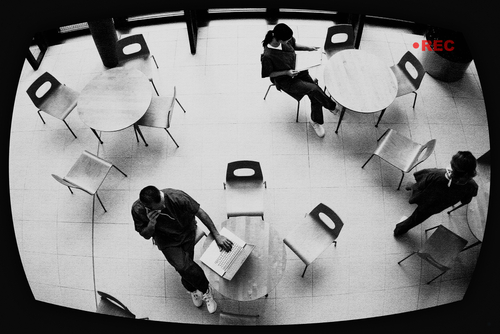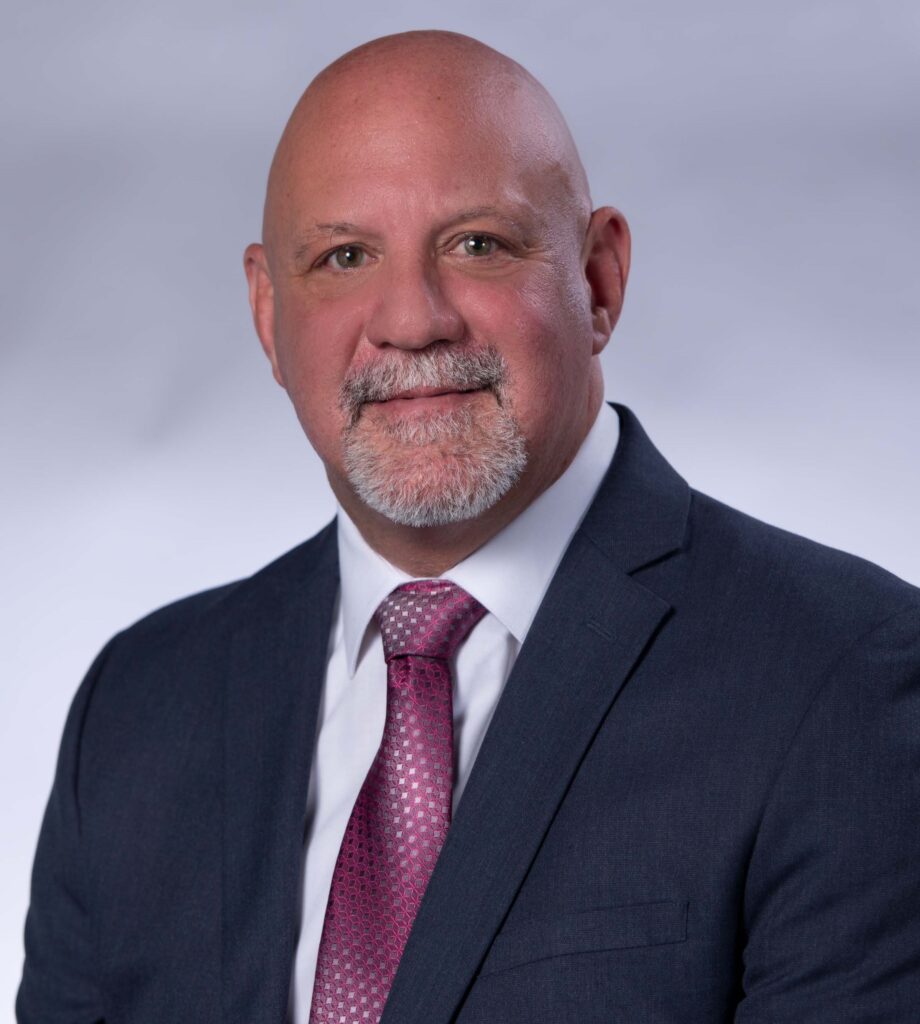Public view monitors (PVMs) have an integrated camera and display the captured images of visitors. PVMs are typically hung from the ceiling or mounted on the walls at customer entrances and lobby areas. They have been used for years in the retail sector and proven to deter criminal activity.

PVMs can help to set the tone for the organizational security posture when customers enter a facility and see themselves displayed on the monitor. The use of PVMs has also been expanded to be placed at areas with high-value targets for thefts like razors, infant formula, laundry detergent, cigarettes, high-end clothing, jewelry, and teeth- whitening strips. These PVMs send a message to would-be thieves that they are being monitored and their images are being recorded for future prosecution if necessary.
PVMs have also been used at healthcare facilities. Entrances to hospitals, main lobbies, and Emergency Departments are perfect locations to deploy PVMs to monitor visitors.
Unfortunately, healthcare organizations experience more workplace violence incidents than any other industry. Healthcare employees are five times more likely to be a victim of an aggravated assault than all other industries. Seventy percent of aggravated assaults that occur in the workplace occur in the healthcare sector. Capturing images of those who enter the facility can support the identification and prosecution of those who assault others or conduct any other criminal act.
In healthcare, we also have several high-value targets within our facilities. We have retail pharmacies that dispense medications to the public. We have infants and children that could be the target for an abduction or parental kidnapping. We have sources of radiation that could be used by terrorists to create a “dirty bomb.” We have medical and surgical supplies and instruments that have high value on the black market.
We have critical supplies like personal protective equipment (gloves, respirators, and gowns), vaccines, and vaccination cards, which have been targets of thefts at many healthcare facilities. We have incredibly sophisticated and expensive technology that is used to diagnose, treat, and monitor our patients.
We also have very sensitive personal and financial information that can be used by criminals to commit identify theft. Records that contain a patient’s Social Security Number or mother’s maiden name have a higher value on the black market than credit card information.
Due to these very sensitive areas and high-value targets—as well as the fact that other non-employees like consultants, contractors, and vendors must enter these areas at times—I believe we will continue to see the use of PVMs expand to other locations within the healthcare facility to include: loading docks, entrances to maternal child health areas, server rooms and data centers, pharmacies, locations that house radioactive sources, and rooms used to store clinical equipment and critical supplies.
PVMs have proven their value in the retail sector and will continue to demonstrate their value in the healthcare sector.

Paul M. Sarnese, MSE, MAS, CHPA, CAPM, is the Assistant Vice President of Safety, Security, and Emergency Preparedness for Virtua Health serving southern New Jersey. He is also the Immediate Past-President for the International Association for Healthcare Security and Safety (IAHSS). Sarnese has a Bachelor’s Degree in Criminal Justice from Rowan University, a Master’s Degree in Safety Engineering from Warren University, and a Master’s in Administrative Science from Farleigh Dickinson University.
